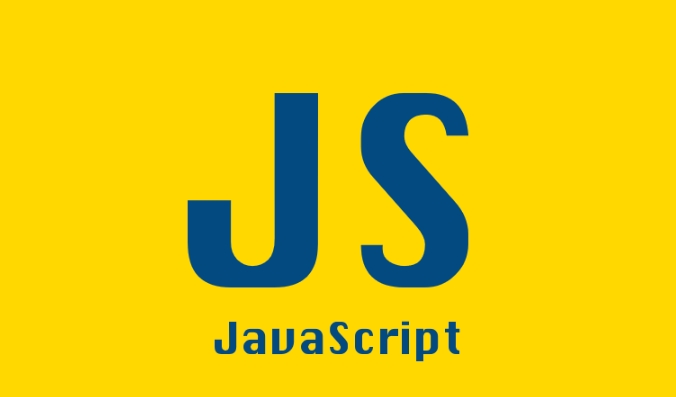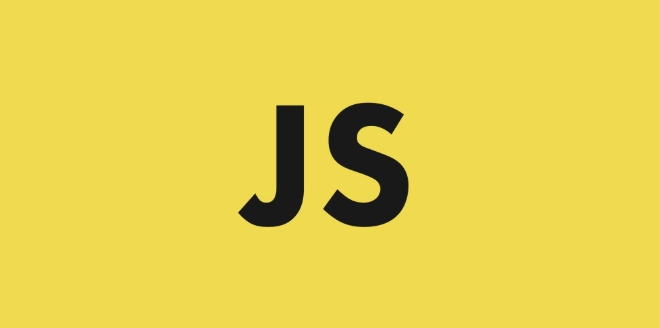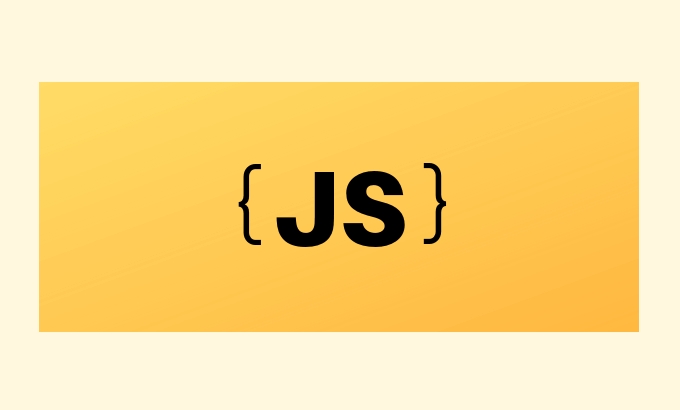In JavaScript, check whether an array contains a certain value. The most common method is include(), which returns a boolean value and the syntax is array.includes(valueToFind), for example fruits.includes('banana') returns true; if it needs to be compatible with the old environment, use indexOf(), such as numbers.indexOf(20) !== -1 returns true; for objects or complex data, some() method should be used for in-depth comparison, such as users.some(user => user.id === 1) returns true.

The most common method to check whether an array contains a certain value in JavaScript is to use Array.prototype.includes() method. It is simple and intuitive, and can directly return a Boolean value, telling you whether this value exists in the array.

Use includes() method
This is the recommended way in modern browsers and environments. The syntax is very simple:
array.includes(valueToFind)
It will return true or false . For example:

const fruits = ['apple', 'banana', 'orange']; console.log(fruits.includes('banana')); // true
This method is friendly to novices and the code is easy to understand. If you only need to determine whether it exists and do not need to know the index, this method is most appropriate.
Note: This method is case sensitive and is not compatible with some old browsers (such as IE). If you need to support old environments, you can consider the following method.

Use indexOf() method for compatibility processing
If you need to be compatible with old browsers or environments, you can use indexOf() method instead:
array.indexOf(value) !== -1
This method determines whether it exists by looking for the index position of the value. If not found, -1 will be returned.
For example:
const numbers = [10, 20, 30]; console.log(numbers.indexOf(20) !== -1); // true
Although the writing is a little more complicated, it is more compatible and suitable for projects that require extensive support.
Things to note when processing objects or complex data
If the array is stored with an object or more complex data structure, includes() may not work as expected. Because objects are reference types, even if the contents of the two objects are the same, they are not equal:
const users = [{id: 1}, {id: 2}];
console.log(users.includes({id: 1})); // false At this time, you need to manually traverse the array, or use some() method to make depth comparisons:
users.some(user => user.id === 1); // true
In this case, some() is more flexible and can be judged based on specific fields.
Basically that's it. Just choose the right method according to your needs. If it is a basic type value, use includes() first; if it needs to be compatible with the old environment, use indexOf() ; if you encounter an object, remember to use some() or write a loop comparison by yourself.
The above is the detailed content of How to Check if an Array Includes a Value in JavaScript. For more information, please follow other related articles on the PHP Chinese website!

Hot AI Tools

Undress AI Tool
Undress images for free

Undresser.AI Undress
AI-powered app for creating realistic nude photos

AI Clothes Remover
Online AI tool for removing clothes from photos.

Clothoff.io
AI clothes remover

Video Face Swap
Swap faces in any video effortlessly with our completely free AI face swap tool!

Hot Article

Hot Tools

Notepad++7.3.1
Easy-to-use and free code editor

SublimeText3 Chinese version
Chinese version, very easy to use

Zend Studio 13.0.1
Powerful PHP integrated development environment

Dreamweaver CS6
Visual web development tools

SublimeText3 Mac version
God-level code editing software (SublimeText3)

Hot Topics
 How to remove duplicate elements from PHP array using foreach loop?
Apr 27, 2024 am 11:33 AM
How to remove duplicate elements from PHP array using foreach loop?
Apr 27, 2024 am 11:33 AM
The method of using a foreach loop to remove duplicate elements from a PHP array is as follows: traverse the array, and if the element already exists and the current position is not the first occurrence, delete it. For example, if there are duplicate records in the database query results, you can use this method to remove them and obtain results without duplicate records.
 PHP array key value flipping: Comparative performance analysis of different methods
May 03, 2024 pm 09:03 PM
PHP array key value flipping: Comparative performance analysis of different methods
May 03, 2024 pm 09:03 PM
The performance comparison of PHP array key value flipping methods shows that the array_flip() function performs better than the for loop in large arrays (more than 1 million elements) and takes less time. The for loop method of manually flipping key values ??takes a relatively long time.
 The Art of PHP Array Deep Copy: Using Different Methods to Achieve a Perfect Copy
May 01, 2024 pm 12:30 PM
The Art of PHP Array Deep Copy: Using Different Methods to Achieve a Perfect Copy
May 01, 2024 pm 12:30 PM
Methods for deep copying arrays in PHP include: JSON encoding and decoding using json_decode and json_encode. Use array_map and clone to make deep copies of keys and values. Use serialize and unserialize for serialization and deserialization.
 PHP array multi-dimensional sorting practice: from simple to complex scenarios
Apr 29, 2024 pm 09:12 PM
PHP array multi-dimensional sorting practice: from simple to complex scenarios
Apr 29, 2024 pm 09:12 PM
Multidimensional array sorting can be divided into single column sorting and nested sorting. Single column sorting can use the array_multisort() function to sort by columns; nested sorting requires a recursive function to traverse the array and sort it. Practical cases include sorting by product name and compound sorting by sales volume and price.
 Application of PHP array grouping function in data sorting
May 04, 2024 pm 01:03 PM
Application of PHP array grouping function in data sorting
May 04, 2024 pm 01:03 PM
PHP's array_group_by function can group elements in an array based on keys or closure functions, returning an associative array where the key is the group name and the value is an array of elements belonging to the group.
 Best Practices for Deep Copying PHP Arrays: Discover Efficient Methods
Apr 30, 2024 pm 03:42 PM
Best Practices for Deep Copying PHP Arrays: Discover Efficient Methods
Apr 30, 2024 pm 03:42 PM
The best practice for performing an array deep copy in PHP is to use json_decode(json_encode($arr)) to convert the array to a JSON string and then convert it back to an array. Use unserialize(serialize($arr)) to serialize the array to a string and then deserialize it to a new array. Use the RecursiveIteratorIterator to recursively traverse multidimensional arrays.
 Exploring the complexity of PHP array deduplication algorithms
Apr 28, 2024 pm 05:54 PM
Exploring the complexity of PHP array deduplication algorithms
Apr 28, 2024 pm 05:54 PM
Complexity of PHP array deduplication algorithm: array_unique(): O(n) array_flip()+array_keys(): O(n) foreach loop: O(n^2)
 The role of PHP array grouping function in finding duplicate elements
May 05, 2024 am 09:21 AM
The role of PHP array grouping function in finding duplicate elements
May 05, 2024 am 09:21 AM
PHP's array_group() function can be used to group an array by a specified key to find duplicate elements. This function works through the following steps: Use key_callback to specify the grouping key. Optionally use value_callback to determine grouping values. Count grouped elements and identify duplicates. Therefore, the array_group() function is very useful for finding and processing duplicate elements.






